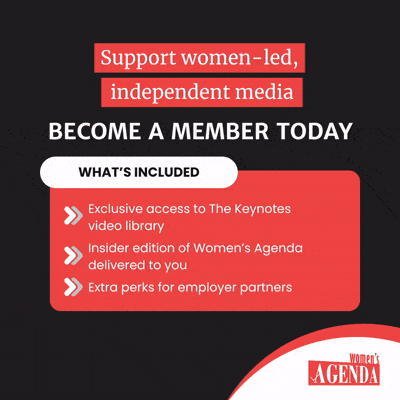It’s said that “40 is the new 30” and “50 is the new 40”. But, when it comes to female fertility, 40 is still 40, and the likelihood of successful pregnancy and childbirth has notably decreased from age 30. By the time a woman reaches 50, her capacity to conceive and give birth to her own genetic child is near to nil, even with the assistance of fertility treatment.
It has long been recognised that very few babies are born to women over 40 years of age. This is true across societies, including populations in which there is no use of effective birth control methods. So, the lower birth rate of older women is not simply a consequence of family planning decisions.
In fact, female fecundity – the ability to conceive and give birth to live offspring – starts to decline before the age of 30, and the rate accelerates after about age 35. This decline is due to a continuous and immutable decrease in both the quantity and quality of eggs with increasing female age. Although the rate of egg decline varies among women, it is universally experienced and nothing, yet, can be done to slow its progress.
On the other hand, factors such as cigarette smoking, radiation to the pelvis and chemotherapy hasten the loss of ovarian follicles which contain eggs, while obesity is also linked to poorer egg quality, potentially compounding age-related effects.
Male fertility
While a female’s natural childbearing potential ceases absolutely at menopause, males retain the ability to produce sperm throughout life and with that, the prospect of late-age fatherhood.
Nevertheless, there is evidence that semen quality (sperm count and motility) is reduced in males over 40 years and older male age is associated with lower pregnancy rates, increased risk of miscarriage and more health risks in children.
Lifestyle factors such as cigarette smoking and obesity also negatively affect sperm production and function, potentially adding to any age-related effects.
Lack of fertility knowledge
Despite the evidence, there is a general lack of knowledge among women and men about age-related fertility decline and the risks of delaying childbearing.
A recent Australian study of 462 women and men aged 18 to 45 who were planning a future pregnancy found that only 31% of women and 20% of men were aware that female fertility starts to decline before age 35.
Of concern, almost one-third of men either believed that female fertility did not decline until after age 45 or responded that “age doesn’t matter” or “don’t know”.
In vitro fertlisation
Even when couples are aware of the age effects on fertility, there is often the belief that assisted reproduction treatments such as IVF will overcome any age-related fertility problems. The statistics, however, show otherwise.
Among Australian and New Zealand women aged 40 to 44 seeking IVF or related treatment in 2011, only 6.6% of initiated treatment cycles in which women used their own eggs resulted in live birth, and the majority of these occurred in women aged less than 43 years.
For women aged 45 or more, there was only one live birth from every 100 treatments started.
For comparison, the live birth rate per initiated treatment was 26.6% for women aged less than 30 years, 25.3% for women aged 30 to 34 years and 16.9% for women aged 35 to 39 years.
These figures are not surprising when we consider that IVF requires eggs capable of normal fertilisation and subsequent development, and that neither the drugs nor the laboratory procedures used during IVF can improve the quality of aged eggs.
The importance of egg-age on IVF success rate is further highlighted by the fact that the live birth rate for women aged 45 and over is much improved (18% vs 1%) by using eggs donated from a younger woman. But egg donors are in short supply.
IVF is not a panacea for age-related fertility problems and while living a healthy lifestyle will improve general health and fertility prospects it does not slow the effects of age.
Kathy Sanders is the recipient of an Australian Research Council Discovery Grant (2012-2014) for her work on survival and growth of children in rural East Timor: the influences of family structure, resources and local environment on child outcomes DP120101588. She received funding in 2002-2003 from the Raine Medical Research Foundation for her work on the influence of psychosocial stress on outcomes following assisted reproductive technology.
This article was originally published at The Conversation.

